
We at Big Rock are cannabis purists–we believe that high-quality flower is the bedrock of the cannabis industry. With the passing of the summer solstice, there is no better time to dive into the state of cannabis flower in California. We also take this as an opportunity to highlight a few members of our flower-oriented family in Henry’s Original, Sonoma Hills Farm, Swami Select, Sunrise Gardens, Sparc/Marigold, the Apothecarry Case and CannaCraft with their new flower brand, Farmer and the Felon.
Without high-quality flower, cannabis products are merely THC or CBD products; and without a beautiful and dynamic terpene and cannabinoid phytochemical profile, THC and CBD products yield unsophisticated and inelegant experiences. Accordingly, despite pervasive cannabis industry news reports of a foretold green rush based on this emerging consumer product, the story of cannabis continues to be centered around a dynamic plant rather than a single molecule. While new variations and derivatives of the plant may manifest in vaporizer pens or beverages, chocolates or pills, the essence of each item remains rooted in its origin story: the flower.
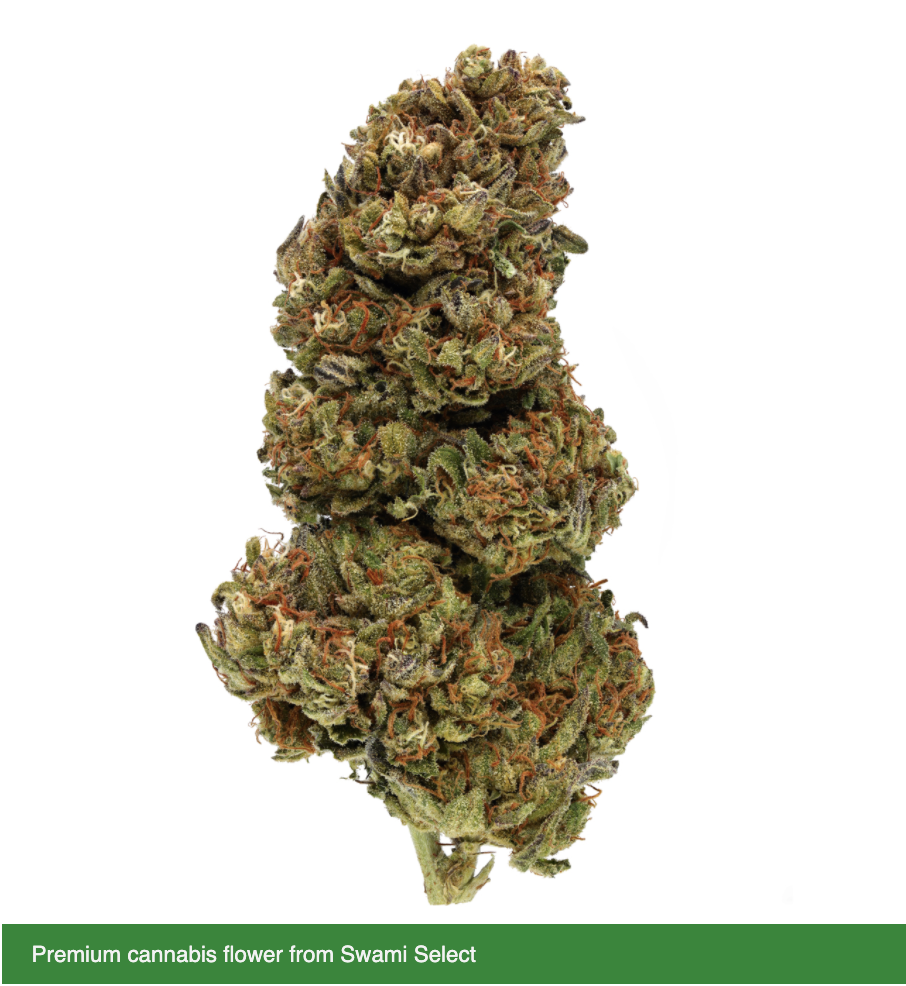
Cannabis is one of the oldest agricultural crops in existence and has been used in medicinal and industrial applications for thousands of years. In Asia and in the Middle East, cannabis was turned into various forms of psychoactive products including hashish, the pressed resin of the flower common in Central Asia, the Middle East, and North Africa, and bhang, an edible mixture that is taken as a drink in India. Within a few hundred years of arriving in the New World, the plant could be found growing in hemp and THC-containing varieties across the Americas. The plant’s botanical flexibility allowed humans to breed it for certain characteristics and carry it into different climates with relative ease. Human intervention and the evolution of the plant have produced an incalculable number of strains with diverse phenotypic and chemical compositions, some that produce strong fiber, some that produce strong drugs, and some that produce both.
Cannabis thrives in Mediterranean climates, which generally fall between the latitudes of 30 to 45 degrees and captures much of the American West Coast and part of Canada’s; however, no area has a richer history of outdoor cannabis cultivation than the regions between northern California and southern Oregon, in particular, the Emerald Triangle region, comprised of Humboldt, Trinity, and Mendocino Counties. Here, air moves over the redwood curtain, through the mountains and into the interior of the valleys, creating a perfect Mediterranean climate that is ideal for growing cannabis.
In the 1960s and 70s with the “back-to-the-land” movement, thousands of young people, disillusioned with mainstream society and disheartened by the Vietnam War, moved to the countryside in search of sustainable living. Northern Californians who went “up the country” chose the region now known as the Emerald Triangle for its beautifully remote location a few hours north of San Francisco.
Growers have been cultivating cannabis plants in the region ever since, where the practice is considered a way of life. The unique combination of soils, topography, and climate in the region allows for cultivation of premium flower; there are many microregions within that have their own appellation standards and terroir that grow unique cannabis plants. As in the wine world, terroir includes physical factors such as topography and annual rainfall, which influence cannabis flower just as they influence wine grapes, leading to variant metabolomics, or the chemical expression of the plant which are its cannabinoids, terpenes, and flavonoids. Time and time again we hear the same thing, it’s the hot days, the cool nights, and abundance of sunshine that makes the Emerald Triangle so prime for cannabis cultivation.
According to Jamie Warm of Mendocino-based Henry’s Original, “We have made the conscious decision to utilize the environment in the most efficient and respectful way possible to cultivate cannabis. Mendocino County captivated me from the moment I set foot here in 2004. There’s something magical about the whole environment in Mendocino County. The rugged ocean, the pristine rivers and mountain ranges, the untouched valleys, and the clean air and water. Elk, bear, deer, boar, turkeys, bobcats, salmon and many other wild species call Mendocino County home. This environment, combined with the culture of cannabis production, creates the terroir in Mendocino County. Land, air, water and culture are the pillars that define our cannabis production. We don’t worry about legacy pesticide use, salty soils or high pressures from humans. It’s pristine, and that’s what allows us to produce genuine cannabis.”
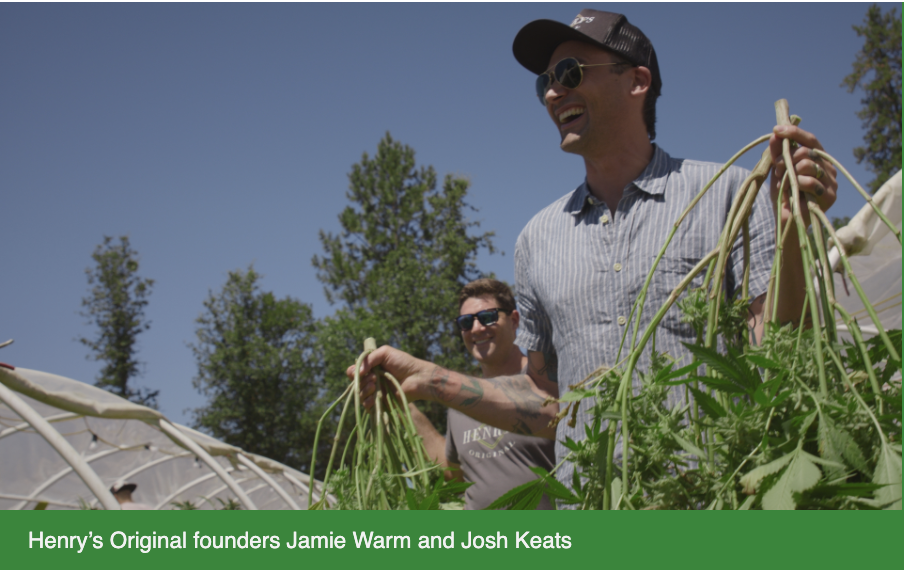
Similarly, Frank Wilker of Mendocino-based Sunrise Gardens voiced that, “Terpene profiles can be enhanced by supporting beneficial microbes in the soil and by the full spectrum of the sun’s rays. Also, the challenges of the natural environment are often responsible for an enhanced cannabinoid production. When under environmental stress, cannabis tends to produce more plant-resin as a defensive reaction – something that is hard to imitate in an indoor production.”
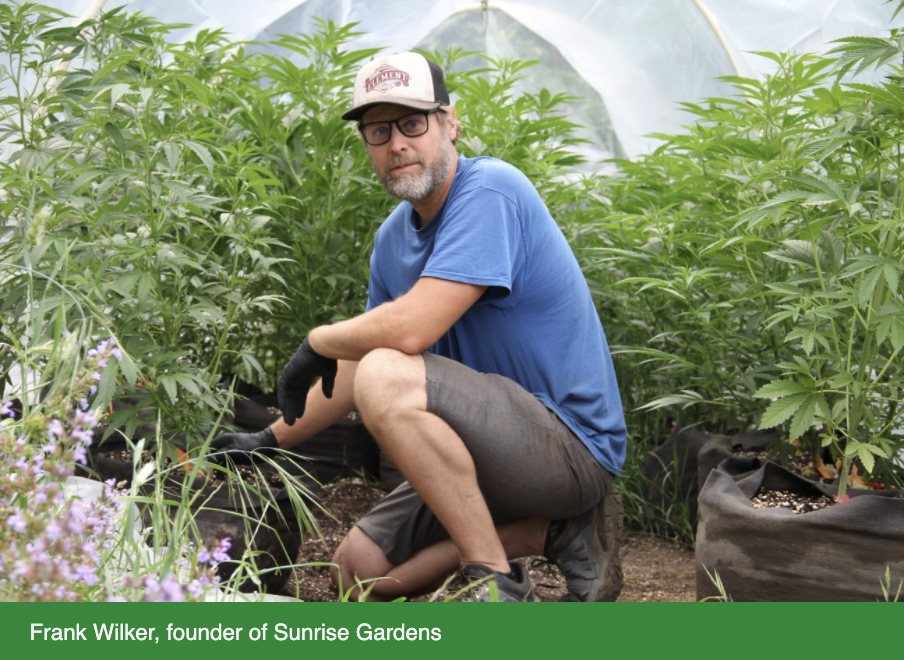
Swami Chaitanya and Nikki Lastreto of Swami Select in the Bell Springs appellation of Mendocino County echo similar sentiments, “There are many appellations which grow high quality cannabis in the mountainous regions of California. Each of those areas will define its own characteristics. We specialize in sungrown and find indoor and mixed light flowers to have different chemovar ratios, with very high THC generally. We prefer our flowers to have a variety of terpenes and compounds which offer a more balanced and full spectrum ensemble, which produces a more sophisticated smoke. As Judges in The Emerald Cup since 2003, we have yet to see a winner above 20% THC. Indoor grown cannabis is usually considerably higher than that, and while some people feel it offers “more bang for your buck”, that’s not what the connoisseur consumer desires. It also is more difficult to grow organically indoors and it is not a sustainable practice that expresses the local climate.” Swami grew his first crop on the slopes of Telegraph Hill in San Francisco in 1977 with their first crop grown at the Bell Springs site in 2004. It is this history and love for the plant that manifests itself in premium product quality.

Even with the rapid expansion of cannabis legality within closed-borders and the resulting proliferation of indoor controlled-environment cultivation as a ubiquitous necessity to produce cannabis in much of the United States and Canada, outdoor/mixed-light flower is the keystone of the industry. As Michael Bostarr of Sparc/Marigold notes, “You can’t beat mother nature. You can’t replicate the sun. You never get the full spectrum of light that gives you the full spectrum of terpenes. Our best bet is to work with her, so that’s what we try to do.” At its core, it is defined by its terroir; history, handlers, and environment that all leave an imprint on the genetics and flowers they produce and yield the diverse phytochemical profile present in ultra-premium flower.
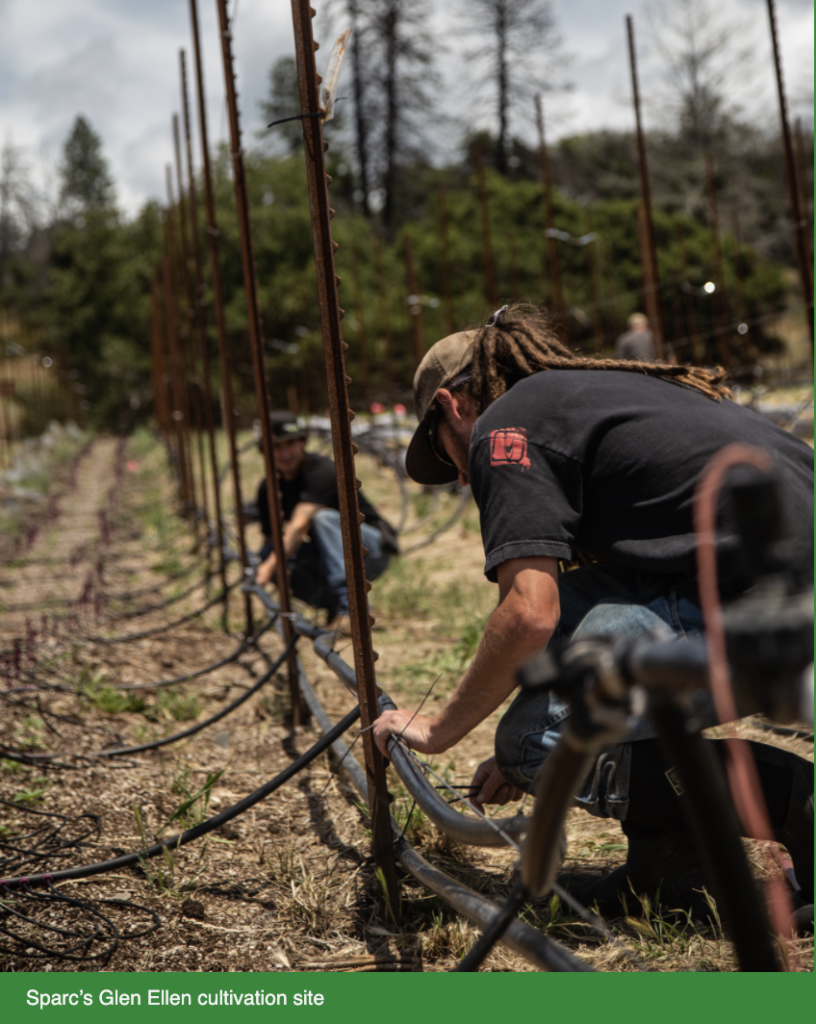
“I love seeing flower from James Henry SF and Congo Club from up in the bay! They are black owned flower brands that I think are doing an excellent job on both branding and are putting out a consistently great flower with great stories,” said Whitney Beatty, founder and CEO of the Apothecarry Case, a purveyor of high quality cannabis humidors and accessories that keep flower fresh. “There’s something that feels natural and essential to cannabis grown in its Northern California element, especially with such a unique story.”
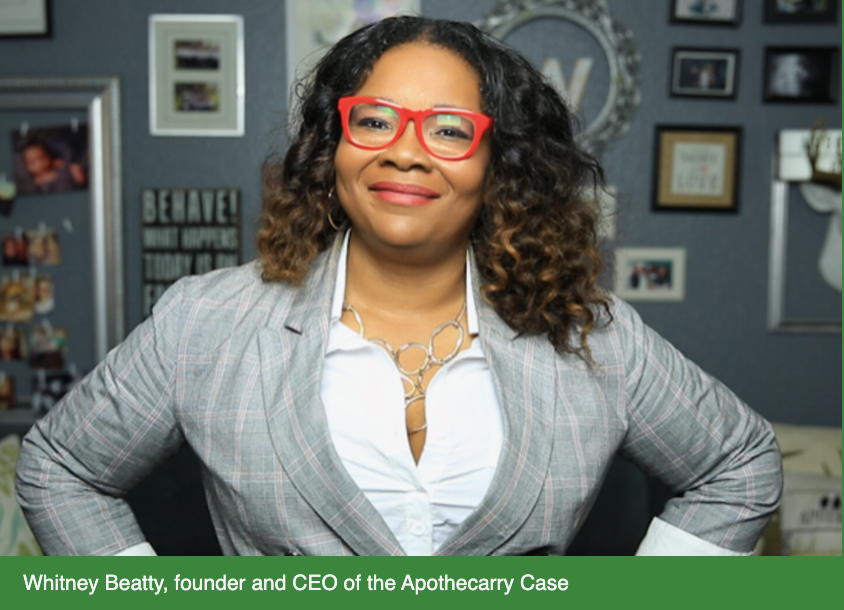
Shift to comprehensive climates, including indoor/controlled environment grows
Sonoma Hills Farm is currently active with outdoor cultivation and has plans across all climates, including future mixed-light controlled environment greenhouse and an indoor grow in the Petaluma Gap region of Sonoma County. Their VP of Cultivation, Aaron Keefer, on the other hand has a more universal take, “I truly believe that to reach the genetic potential of any plant, you need to control the environment the best you can. Any time the plant comes under stress such as wind, rain or bugs, the genetics are hijacked. Yes, the phytochemical profile of the outdoor plant will be different from the indoor plant, but because of the massive amounts of green wavelengths in the sun’s spectrum, there will be a greater ratio of leaf/plant material to trichomes, potentially leading to a harsher smoking experience if not cured properly. That said, people will evolve to appreciate sungrown more as we get better at growing it outdoors. A lot of people have been growing in less than prime locations over the years and have developed techniques based on that. We are growing on farm land and have the advantage of growing it sustainably like a legal crop. My basic ethos of growing is the same as growing traditional produce. Genetics, soil/life in soil (that’s how you create flavor), and how you harvest/how you treat it after harvest are the biggest factors in shaping the plant’s outcome. You can turn gold into straw but not straw into gold.” The holistic application of the three climate settings in this rich agricultural gap allows for numerous options to serve the various facets of the supply chain. Whereas the premium indoor, mixed-light, and outdoor flower will go into jars, the lower grade flower will feed the processing aspects of the supply chain.

As mentioned; however, there has been a rather recent proliferation of indoor cultivation facilities across the United States. Such has become the foundation of both the ultra-premium and non-Western legal cannabis production, particularly in the Midwest, East Coast, and much of Canada. This is due to laws requiring that cannabis cultivation and production occur within the borders of each state–no product can be sold to a party in another state.
On the West Coast, indoor ultra-premium flower is a big part of the culture as well, particularly in Southern California. Cult indoor growers like Compound Genetics, Jungle Boys, or 710 Labs grow world-renowned strains indoors and command the attention of the most refined terpene palates. At the end of the day, there are arguments to be made for both. There is certainly a place for ultra-premium indoor flower, but when it comes to scaling cannabis across the country in a sustainable way, however, laws must change so that indoor is not looked at as the only option. Consistent sunshine is crucial for a controlled environment greenhouse. The reality of airflow, HVAC, and lighting requirements for any controlled environment greenhouse from a cost to outcome ratio are not uniform. It remains true that certain climates are just not appropriate for cultivation, nor are certain native soils. An indoor or mixed-light greenhouse may be possible in Palm Springs or western Massachusetts or in upstate Maine, but it becomes more cost-prohibitive and thus less sustainable the more the exterior climate of the site deviates from a Mediterranean climate. Outdoor begets mixed light begets indoor, and so the cycle goes.
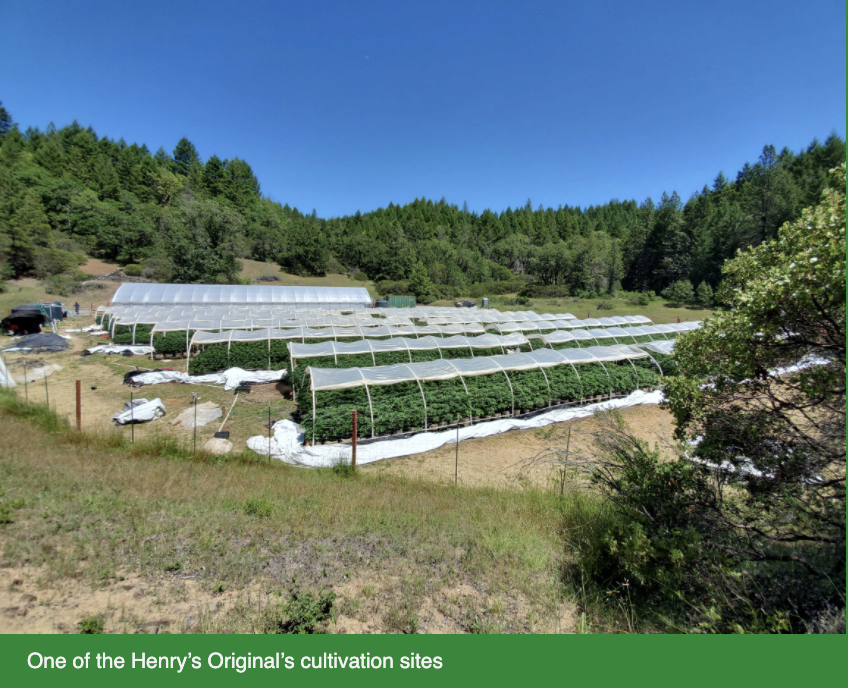
According to Dennis Hunter at CannaCraft/Farmer and the Felon, “It doesn’t make sense to us to live in California and spend vast amounts of energy and resources to produce something that can be produced equally, if not better outdoors in the California soil and sunlight. When you grow outdoors in healthy soil you are getting a diverse array of nutrients and we feel our outdoor plants have a more well-rounded profile because of it.” It is particularly unfortunate that interstate commerce is not permitted because non-Western states are forced to build infrastructure that may become obsolete if interstate commerce ever opens up. As with the many other agricultural products of which the vast majority of the nation’s supply is produced in California, we will strongly advocate for interstate commerce which will allow cannabis to be sustainably-produced leveraging California’s sun, climate, existing infrastructure and rich talent. In the future, we envision only a handful of craft growers east of the Mississippi River, with much of the country’s supply coming primarily from Western states.
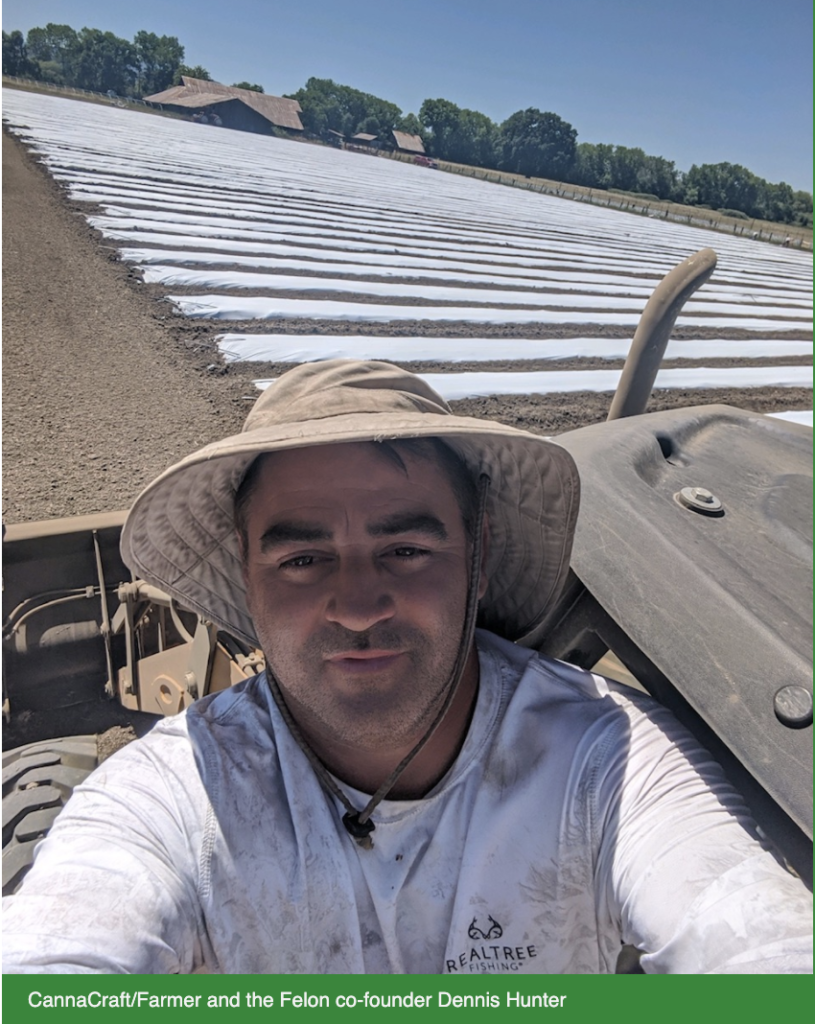
There are other sustainable practices in which a cannabis grow can partake; according to Michael Bostarr of Sparc, “Biodynamic and organic is our main focus. To grow biodynamically, it means all the inputs are locally sourced. The idea is to work with the land as much as possible. Crop rotations are critical. We’ll grow a cover crop in the off season, and then bring cows, sheep, and goats through. We then manure to fertilize our crop. All our green waste goes in our compost. It’s a constant circle – working in sync with the land. The state is coming up with an organic designation for California specifically and that will be a breeze for us because biodynamic is a step further.” CannaCraft uses similar practices; “We have recently started working to have our farms and our partner’s farms become Sun+Earth Certified. The program was spearheaded by conscientious individuals and companies as a way to help cannabis cultivators and all farmers think beyond organic certifications and to factor in regenerative farming practices as well as human empowerment through fair pay initiatives and community involvement for a healthier more sustainable product,” said Dennis Hunter of CannaCraft.
Aaron Keefer of Sonoma Hills Farm has much the same to say, “I believe in having renewable resources around the plant. We are adding cover-crop around the plant to provide a trap crop and a deterrent to pests and predators. We have all-drip irrigation which will be efficient and automatic.” Sunrise Garden similarly uses non-synthetic pest management techniques and their electricity comes 100% from the sun via solar panels. In other words, the farm is completely off-grid. Their ethos is rooted in the belief that sustainable, small-scale craft operations yield higher quality products.
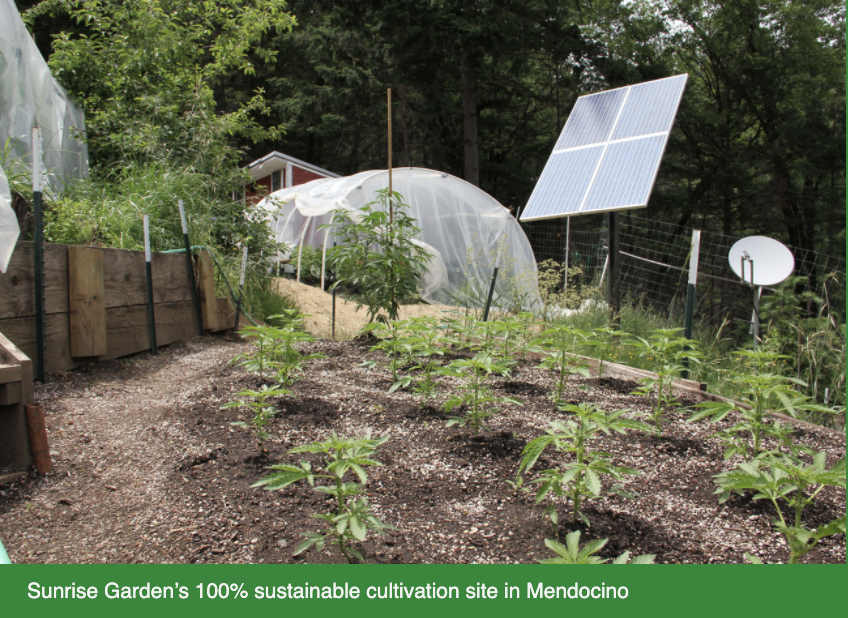
Cannabis as a consumer product input
Nearly all cannabinoid products, whether tincture, concentrate, edible or topical, are still derived from cannabis flower. While some non-cannabis cannabinoid products exist like Real Scientific’s Humulus Oil due to the existence of cannabinoids in certain non-cannabis plants, the potency of such and thus feasibility of extraction/cost pales in comparison to the cannabinoid potency in cannabis. While many in the cannabis industry view ancillary companies as the picks and shovels supporting the industry, we at Big Rock see the plant itself as the picks and shovels. There will be a commodification of lower-tier flower, but premium flower, and particularly premium, outdoor flower will always have a place in the industry. The chart below demonstrates the lifecycle of a cannabis product.
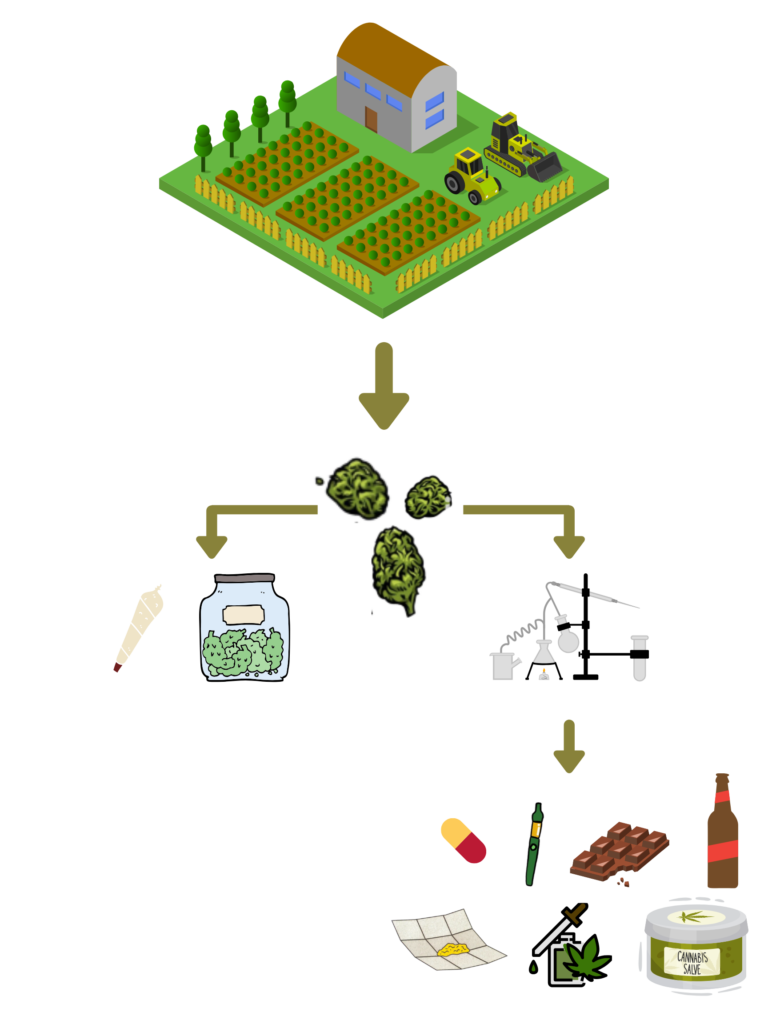
Generally, most cannabis oil is extracted from the trimmings of cannabis flowers. While still relatively potent in cannabinoids, trim is generally too low-grade with which to do much else. More often than not, extractors will make distillate from this oil, stripping the substance of all properties until few cannabinoids remain, particularly THC. Such is then used as an ingredient in edibles, tinctures, concentrates/vaporizers, and salves and mixed with other cannabinoids and terpenes to create a more unique effect. Other times, the trim is infused into butter for baked edible goods. The most unique effects, however, come from full-spectrum oil, which is generally single-origin and nearly replicates the exact chemical profile of the plant in an oil form. Higher-brow end-products are generally full-spectrum, particularly in the concentrates and oil vaporizer categories where the effects are most noticeable. For these products, the full flower is used rather than just trim.
The proliferation and popularity of non-flower products begs the question of what the future holds for cannabis flower. Certainly there will still be consumers creating a solid demand for high quality flower products, but what about end-products with cannabinoids? Will pharmaceuticals and other oil-based products continue to source from cannabis flower as we see with Epidiolex from GW Pharmaceuticals or will flower production be unable to scale to meet pharmaceutical demands and go by the way of insulin or other ingredients that are naturally-produced but only practical to produce biosynthetically at scale? We imagine that big agriculture will initially try to commoditize the plant and scale its growth as we are currently seeing with multi-acre grow, but we do not see this as being sustainable in meeting the demands of phytocannabinoids as an input. Accordingly, we do expect to see biosynthetic phytocannabinoids produced from yeast as the most likely outcome for scaling the inputs, yielding them in a manner that is faster, cheaper, and more environmentally-friendly than present means. Additionally, more scarce cannabinoids like THCV can be produced in larger quantities. Certainly many Fortune 500 companies will adopt a cannabinoid or terpene strategy, and though much of it may be powered by synthetic means, the cannabis plant itself will have been the catalyst. Regardless, while we certainly see the place for biosynthetic cannabinoid production in future pharmaceutical and mass market applications, today we view it as a long-term and expensive venture. As investors, we are bearish to biosynthesis; as cannabis purists investing in the premium, recreational cannabis CPG goods, we do not see a need for it.
On the other hand as we have mentioned, we still believe that there will continue to be demand for the plant in its natural, purest flower form. According to Whitney Beatty of the Apothecarry Case, “As consumption trends change we always look to expand our offerings — currently we have a full LED-lit dabber’s case and are working on vape cart storage — but I think in a lot of ways we cater to a classic consumer. We are still finding within our product line that flower remains king.” In this area, we envision an ecosystem of craft growers, which we define as less than one acre. The only way this can scale across the country is through the opening of state borders to allow craft West Coast cannabis to be sold across the Midwest, South, and East. It is thus imperative today that we support initiatives like the Craft Cannabis Alliance that aim to open individual borders to interstate cannabis commerce. Ideally cannabis as a crop will shift in the mindset of the general public to being perceived more like traditional produce. It can certainly be grown industrially and in controlled environments on the East Coast, but it makes the most economic and environmental sense to grow it where it is naturally suited. Furthermore, we need to permit cannabis tourism in much the same way we permit wine tourism. With each microregion full of so much culture and unique natural elements, we ought to give consumers access to experiencing the plant at its source.

The data
According to Headset, flower and pre-rolls remain the largest-selling categories of cannabis products in the state of California, accounting for over 48% of every dollar spent on cannabis in 2019 for a total of over $1.35B in sales. To date for 2020, flower and pre-roll sales account for over 50% of every dollar spent on cannabis for a total of more than $771M so far this year. Even so, the size of the illicit market in CA is projected to be $9 billion per year according to the Arcview Group.
We are currently seeing a shift with flower purchasing behavior according to Headset. Whereas consumers previously purchased grams and ⅛ oz exclusively, it is increasingly common that consumers buy in bulk. There are many more sizing options for most brands, with many going up to ¼ oz and ½ oz. In that vein, Swami Select and CannaCraft’s Farmer and the Felon brand currently offer ½ oz product offerings and Henry’s Original is launching their ½ oz line soon, something that would not have matched consumer behavior only a few years ago. As one might expect to see, small product offerings, particularly single gram whole flower (non-pre-roll) sales are continuously shrinking; that said, ⅛ oz product offerings still make up 81% of flower products sold.
While things may be strange with Covid-19, there is no better time to go outside and plant cannabis. All you need is some good soil and an area with lots of sun. Remember, your plant size will depend on sunlight and the amount the plant’s roots system can grow in the soil, so plan accordingly! For cannabis plants and seeds, check out Sparc, Harborside, or Airfield Supply Co. if you are in the Bay Area, or the Artist Tree, Buds & Roses, or all Jungle Boys locations if you are in the Los Angeles-area. Go outside, plant something, and stay safe and socially-distanced!
Check out Sava to buy Henry’s Original, Sunrise Garden, and Congo Club, Sparc for Marigold and CannaCraft/Farmer and the Felon products, the Vapor Room for James Henry, and Harborside for Swami Select.
